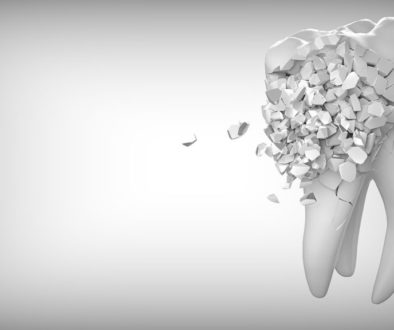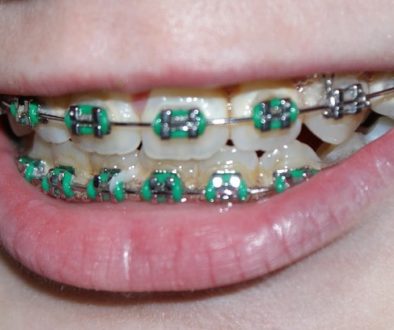What Is A Cavity?

While most people know that they don’t want their dentist to find any “cavities” during their check-ups, they oftentimes don’t know what a cavity actually is. The word “cavity” literally means “a hole”. A cavity in the dental world, also known as dental decay or caries, is when the structure of a tooth starts breaking down as a result of acid formed by certain types of bacteria. Over time this will end up causing a hole in the tooth.
Let’s take a look at all the different stages of cavities…
Early Decay
Teeth are made up of several different layers. The outer layer, known as enamel is where cavities start. Sugar on your teeth acts as food for certain types of bacteria. The most common is known as streptococcus mutans. When the bacteria feeds on this bacteria it grows, multiplies, and creates acid. This acid slowly starts to eat away at the enamel of the tooth. In the very early stages, there isn’t a hole in the tooth but just a loss of the minerals that make up the enamel structure. These areas turn very white and tell us that a cavity is starting. As long as the cavity is confined to the enamel, nothing needs to be done. It can be reversed at this point by avoiding sugar and brushing with fluoride toothpaste.
Many kids who have had braces for several years find that they have these white spots on their teeth after getting their braces off. This is usually a result of bad diet as well as not cleaning their teeth as well as they should while having the braces on.
Medium Size Decay
Once the cavity extends past the enamel and into the second layer of the tooth known as dentin, you need treatment. Often at this point, the enamel will start to break apart and the underlying dentin will become very soft. In this stage you usually only need a filling to take care of the decay, unless you already have large filling in the tooth. When you’re having a filling done, the dentist will remove the outer enamel layer and the softened dentin underneath. Once the dentist gets back to solid, hard tooth structure they can place a filling material into the tooth to build it back up again.
Large Decay
Once decay gets very large it can cause several different problems. The first problem is that it weakens the tooth significantly. This can cause the tooth to break. Large decay usually needs a crown on the tooth to keep the tooth from breaking anymore.
When the decay reaches the nerve of the tooth it can cause a toothache or it can kill the nerve and you’ll eventually get an abscess. At this point you need a root canal and a crown on the tooth to fix it.
Avoiding Cavities
Avoiding cavities is actually pretty simple, but hard to do.
- Avoid sugary and acidic drinks on a regular basis.
- If you do drink sugary or acidic drinks, don’t sip on them over a long time period.
- Avoid snacking on carbs or sugary foods throughout the day.
- Brush twice a day with fluoride toothpaste and floss.
- Chew sugar-free gum or use sugar-free mints especially if they contain xylitol



